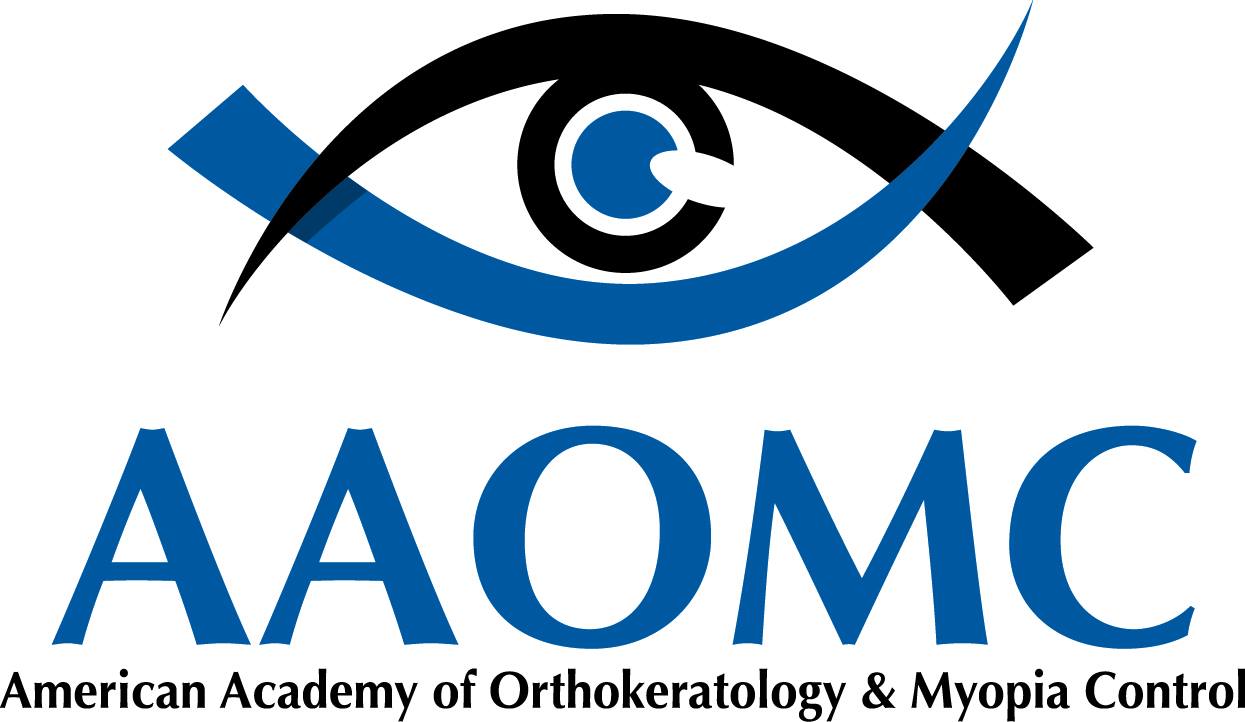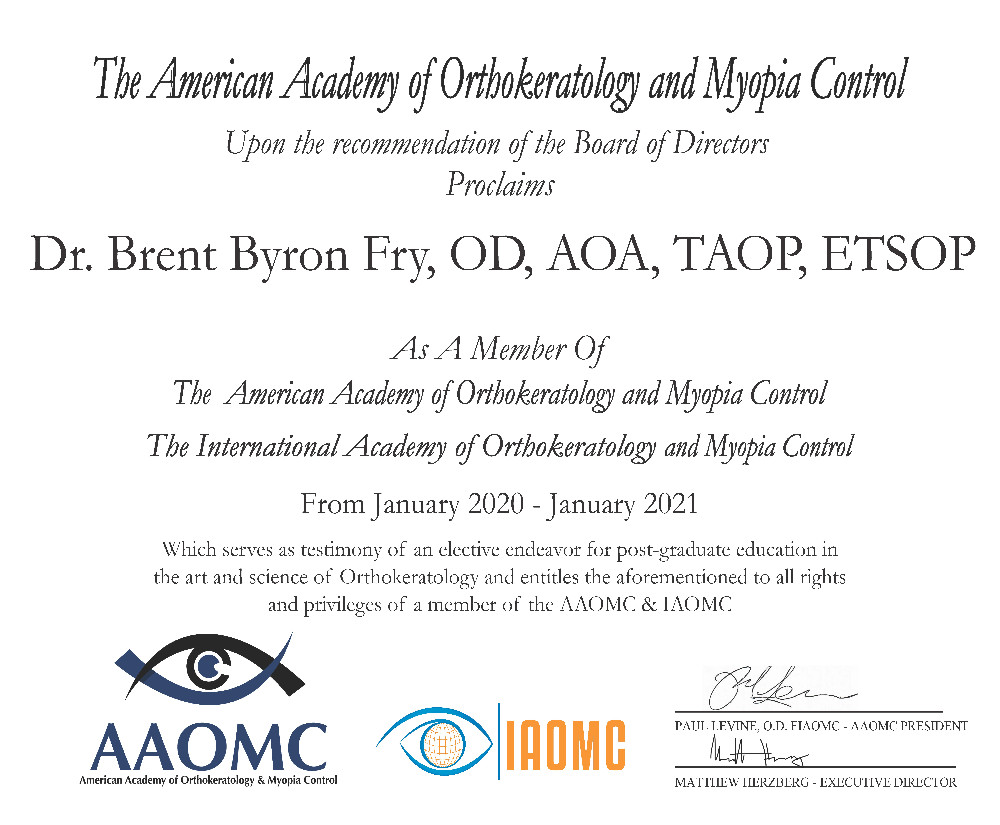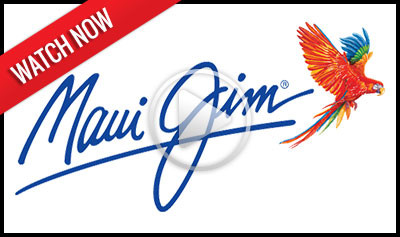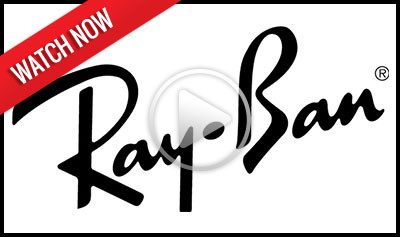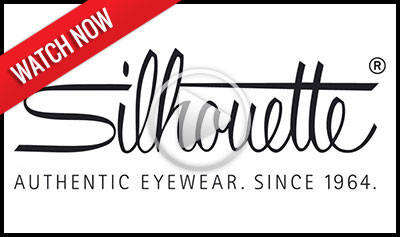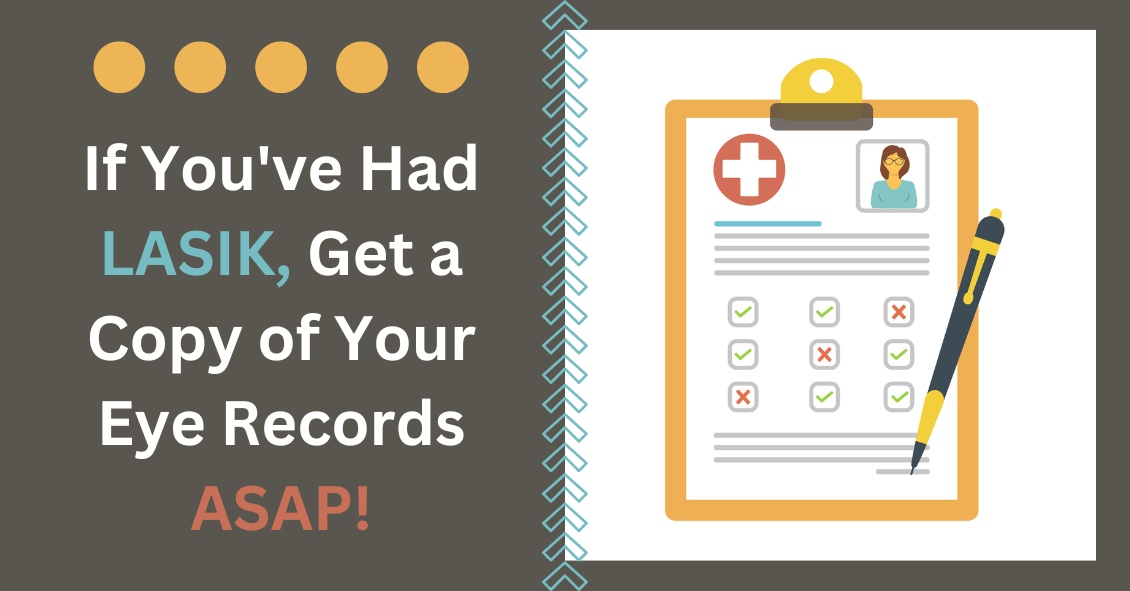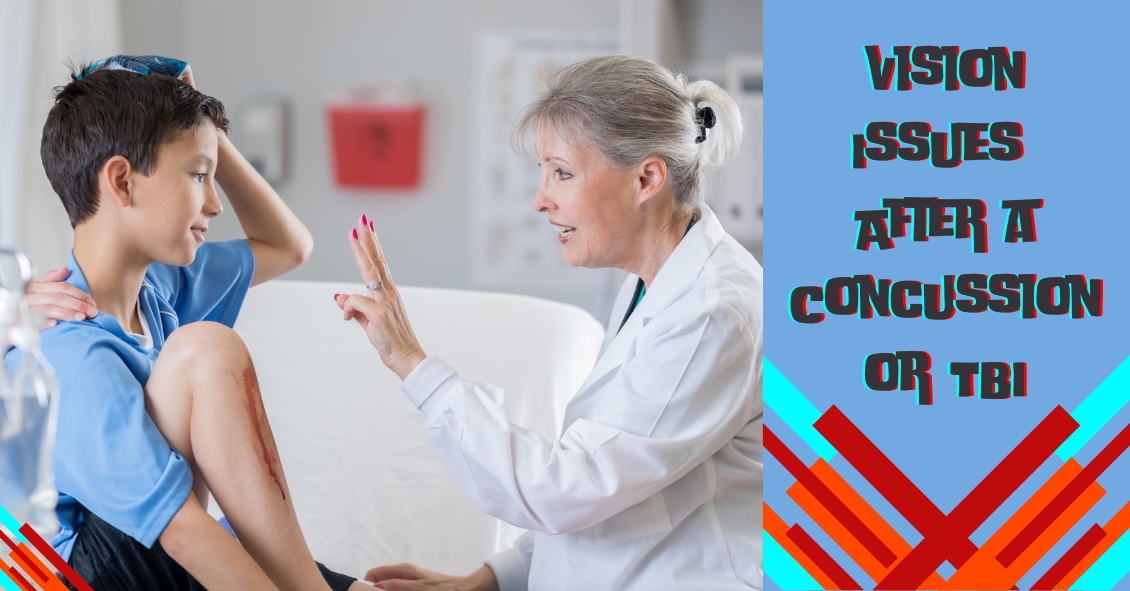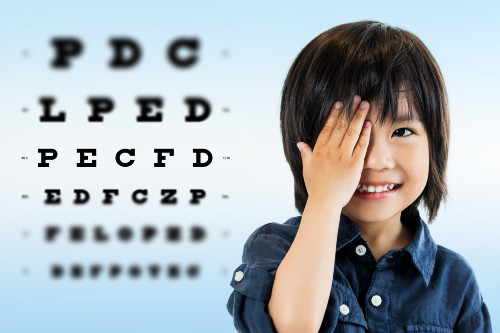 Myopia defined: a condition in which the visual images come to a focus in front of the retina of the eye because of defects in the refractive media of the eye or of abnormal length of the eyeball resulting especially in defective vision of distant objects. — called also nearsightedness. (Merriam-Webster)
Myopia defined: a condition in which the visual images come to a focus in front of the retina of the eye because of defects in the refractive media of the eye or of abnormal length of the eyeball resulting especially in defective vision of distant objects. — called also nearsightedness. (Merriam-Webster)
If myopia is a condition of the eye, then nearsightedness is the symptom. Due to the rising prevalence of myopia around the globe, myopia is being considered an epidemic which can have significant adverse consequences on eye health. Pathological conditions of the eye such as cataracts, glaucoma, retinal pathologies, and myopic macular degeneration are all more prevalent in myopic eyes.
The traditional methods of correcting myopia have been eyeglasses or contact lenses. Unfortunately, these methods of vision correction only provide a relief of the symptoms of myopia and do not address the condition of myopia itself.
Managing myopia is a challenge that some eyecare professionals have been involved in for years. Ortho-k has been around since the 1960’s. The contact lenses that are used for ortho-k have changed since then and are much more advanced in their materials and designs. Ortho-k lenses are worn overnight to change the shape of the cornea by temporarily molding the surface cells. Ortho-k lenses are safe and healthy if fit properly by an eye care professional who is experienced in fitting this type of specialized contact lenses. Proper hygiene and wearing of the lenses are also very important for successful wear. One other benefit of ortho-k lenses is that eyeglasses are not necessary to correct distance vision. Ortho-k lenses reshape the central cornea providing clear vision while maintaining a peripheral defocus which works to slow down the stimulus to grow the axial length of the eyes.
Another method of myopia management is multi-focal contact lenses that are designed specifically to focus the central vision while defocusing the periphery. By defocusing the periphery, similar to ortho-k, the stimulus of the eye to grow is reduced. These contact lenses are worn during the daytime and taken out in the evening for cleaning and disinfecting. Eyeglasses are necessary since this type of contact lens does not reshape the cornea. Currently, there is one type of daily wear multi-focal lens that is FDA approved for the management of myopia. Several other lenses are available and can be prescribed “off label” when appropriate. If ortho-k lenses are not tolerated well or the child wants a daytime contact lens, the multi-focal soft lens option is a good choice.
The third method of myopia management is atropine eye drops. Atropine is an anticholinergic agent used in very low dosage to slow the progression of myopia, specifically axial length growth. With higher dosages of atropine, near blur and dilated pupils causing light sensitivity may be observed. These side effects are highly unlikely when used for myopia management since the dosage used is very low. The exact mechanism of topical atropine is not known, but strong evidence in research has shown it to be effective. Atropine is used primarily in children who are too young for contact lenses or for older children who do not want to wear contact lenses.
Research in myopia management is ongoing and we are learning more and more as new studies are published. The combination of one of the contact lens methods along with low dose atropine may prove to be even more beneficial than each treatment alone. Spectacle designs are also being tested and are showing some promising results as well.
Myopia is a progressive disease that is known to progress mostly during the growing years of life. Individuals who are diagnosed with myopia during early childhood are much more at risk for developing high myopia. It is imperative that we focus on early detection of myopia and offer treatment early. By managing myopia, we are able to slow the progression of the axial length of the eyes. Longer axial length of the eyes is considered the main reason that myopia causes other pathologies of the eyes. If we can intervene early in a child’s life, we can slow the progression of myopia and effectively reduce the risks of pathologies associated with high myopia.
Measuring axial length is not routinely done during comprehensive eye exams. However, Premier Eyecare has the necessary equipment to measure the axial length on all at risk pediatric patients in order to detect myopia as early as possible. Early detection is critical, but detection without management will not slow the progression of myopia. Parents now have the opportunity to choose myopia management for their children. Since myopia management is an elective program, we encourage the parents of our myopic children to learn as much as possible about the disease of myopia and make the best decision for the long-term eye health of their child. Premier Eyecare is committed to managing myopia and will continue to offer the latest advancements in treatment. Once your child is enrolled in the myopia management program, the contact lenses and/or atropine drops, office visits, and axial length measurements necessary to manage and track the progression of myopia, are all included at no additional fee.
Additional Resources:
- Understanding Your Child's Myopia
- Myopia Management Handout
- The American Academy of Orthokeratology and Myopia Control
